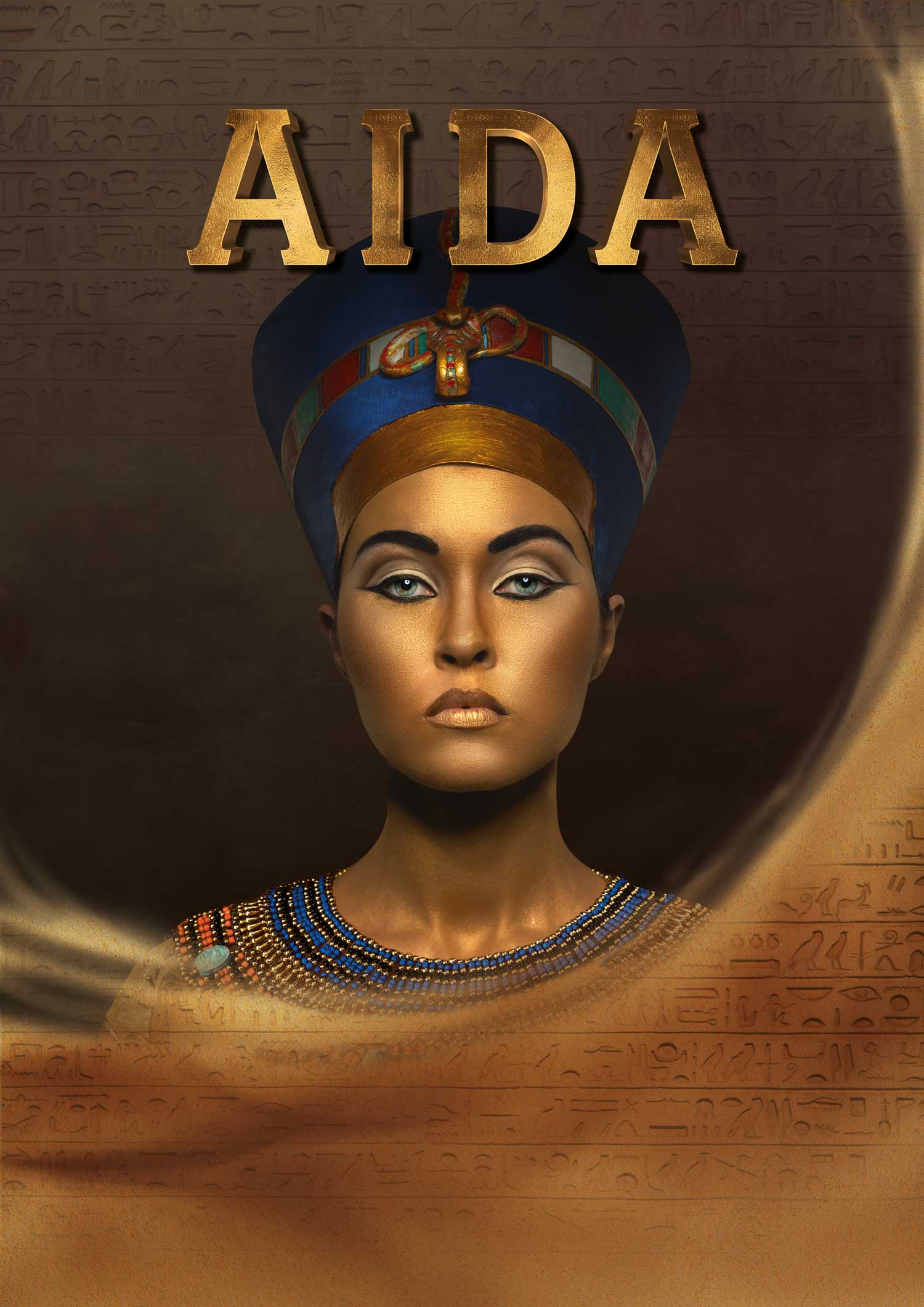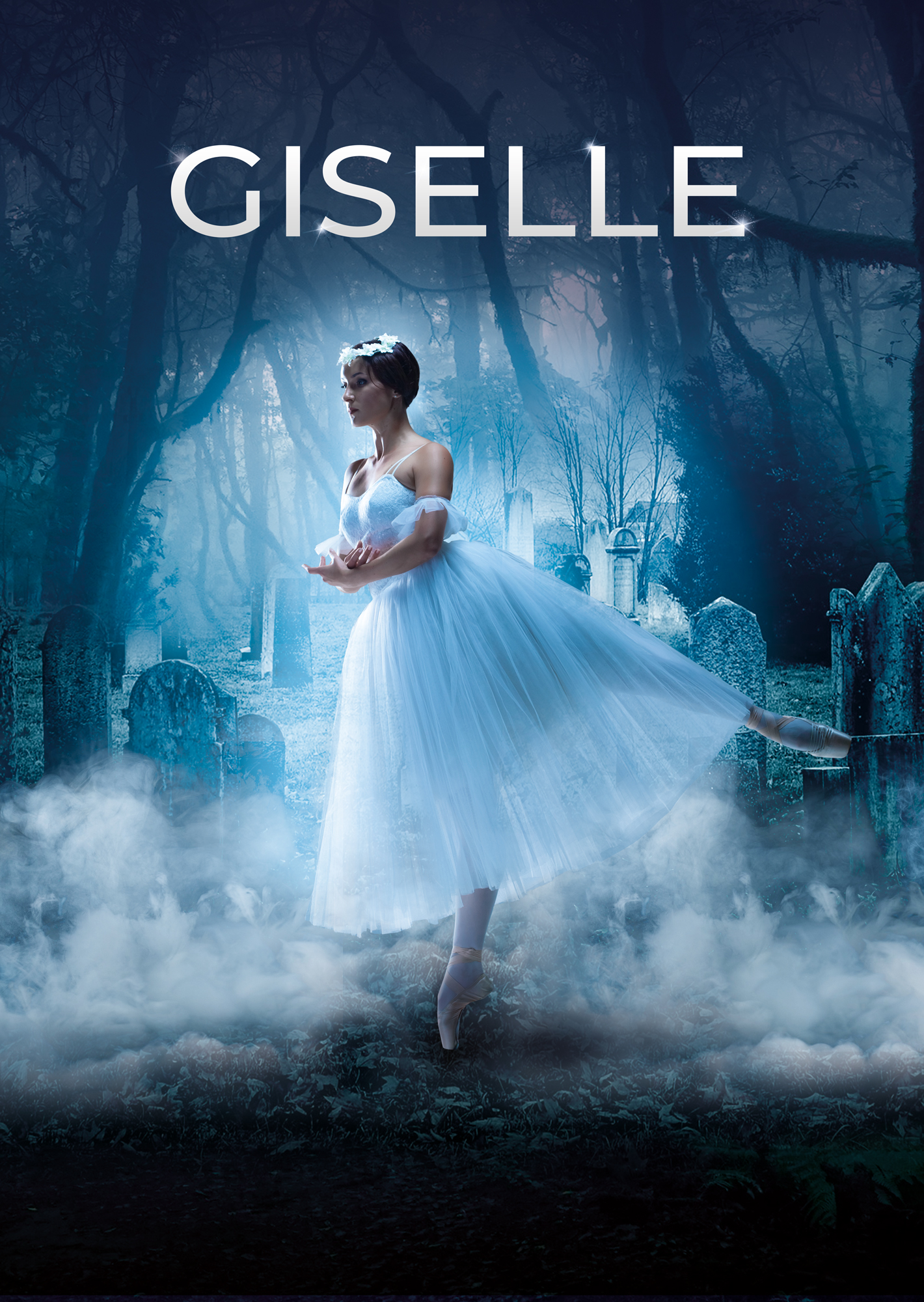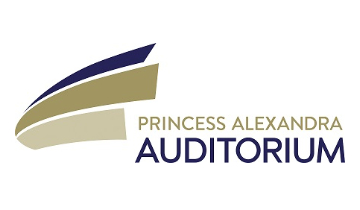Since the 1930’s, choreographers have been particularly fortunate to have Sergei Prokofiev’s musical score specifically written for the ballet.
For generations of ballet and music lovers it was Prokofiev’s intuitive understanding of Shakespeare’s poetry that gave us one of the greatest full-length ballet scores.
Based on a synopsis written by Sergey Radlov and Adrian Piotrovsky (who first suggested the subject to Prokofiev) and commissioned by the Kirov Ballet, the score in its original form was completed by Prokofiev in September 1935.
When Prokofiev first presented his music to the Bolshoi Ballet that year they dismissed it as “undanceable”.
The original version had a “happy” ending, but was never publicly staged, partly due to increased fear and caution in the musical and theatrical community in the aftermath of the two notorious Pravda editorials criticising Shostakovich and other “degenerate modernists”, including Piotrovsky.
The conductor Yuri Fayer frequently met with Prokofiev during the writing of the score and he persuaded the composer to revert to the traditional ending.
Fayer went on to conduct the first performance of the ballet at the Bolshoi Theatre.
Though Shakespeare’s Romeo and Juliet has been translated into dance since the early 19th century, it is in the 20th century that productions have been especially prolific.
Suites of the Prokofiev composition were heard in Moscow and the United States, but the full ballet premiered in the Mahen Theatre, Brno, (then in Czechoslovakia, now in the Czech Republic), on 30th December 1938.
It is better known today from the significantly revised version that was first presented at the Kirov Ballet in Leningrad on 11th January 1940, with choreography by Leonid Lavrovsky, starring Konstantin Sergeyev and Galina Ulanova in the lead roles.
The score and its history have also inspired dozens of contemporary choreographers including John Cranko, Sir Frederick Ashton and Sir Kenneth MacMillan.
John Cranko’s production of Romeo and Juliet, which entered The National Ballet of Canada’s repertoire in 1964 and became one of the company’s signature productions, has been performed by ballet companies all over the world, including Miami City Ballet and Vienna State Opera Ballet.
In 1977, Rudolf Nureyev created a new version of Romeo and Juliet for the London Festival Ballet, today’s English National Ballet. He performed the lead role of Romeo, with British ballerina Patricia Ruanne creating the role of Juliet. As a partnership, they would tour the production internationally. To this day it continues to be a popular ballet in the ENB repertoire, its most recent revival in 2010 being staged by Patricia Ruanne and Frederic Jahn of the original 1977 cast.
On 4th July 2008, with the approval of the Prokofiev family and permission from the Russian State Archive, the original Prokofiev score was given its world premiere.
Musicologist Simon Morrison, author of The People’s Artist: Prokofiev’s Soviet Years, unearthed the original materials in the Moscow archives and obtained permission to reconstruct the entire score.
Mark Morris created the choreography for the production. The Mark Morris Dance Group premiered the work at the Fisher Center for the Performing Arts at Bard College in New York State. The production subsequently began a year-long tour to include Berkeley, Norfolk, London, New York and Chicago.
Romeo and Juliet has become one of the most beloved ballets and most major companies hold a version in their repertoire.
















































































